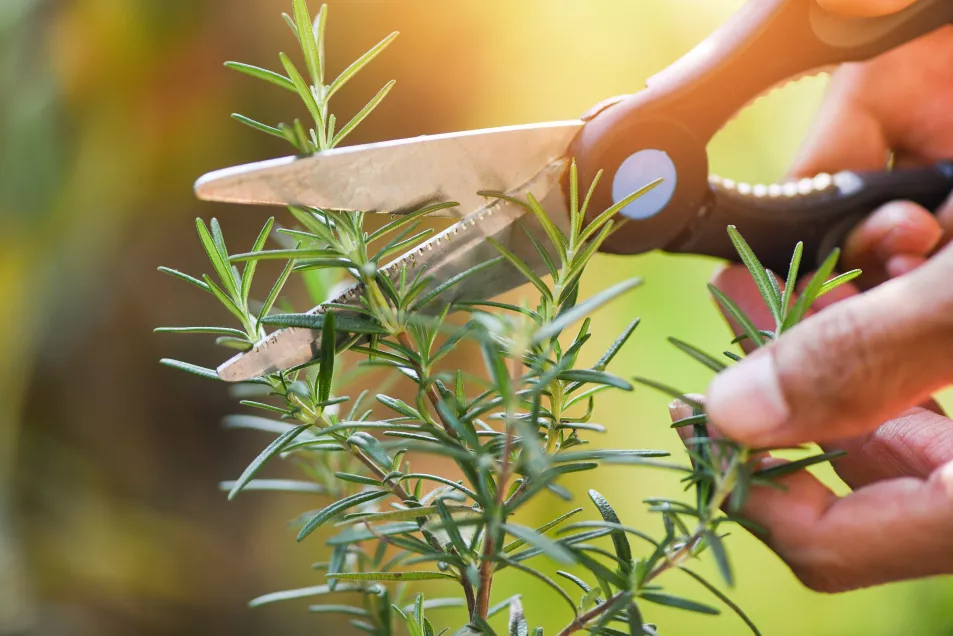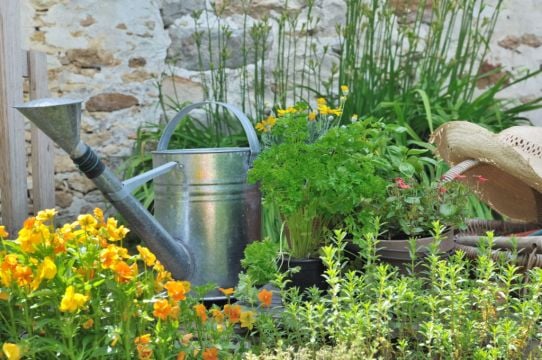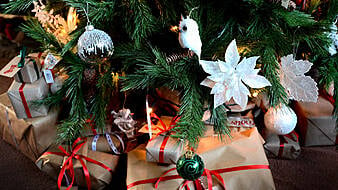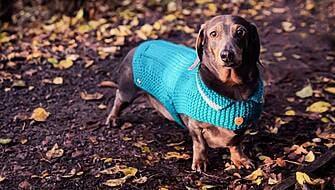If you’ve had mixed success with herbs, there may be some simple growing techniques that could turn your failures into triumphs.
Internationally renowned herb grower Jekka McVicar, who has witnessed climate change, disease and pests over the years, has been bringing herb growing to the masses for 40 years.
Now, the award-winning grower and author of a new book, 100 Herbs To Grow, who has a collection of more than 400 culinary and medicinal herbs at her herb farm in England, offers the following tips, which may make all the difference.
1. Always water in the morning
“People tend to water when they come in from work and if you send your seedlings or your young plants to bed wet, and the temperatures drop, they’ll suffer. It’s best to water before you go to work.”
2. Check your soil
If you are growing herbs in heavy soil, add grit or well rotted compost to open it up, she advises, as most herbs like free-draining soil.
3. Don’t forget to prune

“People are always worried about pruning rosemary, but you should prune it after flowering to stop it getting woody. But stay within the green, don’t cut into the woody bit. That way, you’ll keep it bushy, and the same with lavender.
“We have a mantra here. We cut back one eighth in the eighth month for lavenders like ‘Hidcote’ and ‘Munstead’, the angustifolias. It gets the plant to regenerate, protects it for the winter.”
She suggests cutting back oregano after flowering, then you will have a rosette to pick through the winter. Thymes should be cut back after flowering to stop them getting woody.
4. Sharpen tools

“Every open day I have, I take people through this. It’s really essential to keep your plant healthy and productive that you keep your tools sharp and clean, so you don’t spread disease.
“When you use a blunt tool, you shatter the stem, then the water gets into the stem and you can lose the crown of your plant. Things like lavender quite often die because blunt tools are used.”
5. Invest in a good watering can

“Buy one where you can turn the rose up or down, so if you’ve sown seedlings, you will water with the rose up. If your plant is mature and you want to water, you turn the rose down.
“If you’ve got a pot you want to water, take the rose off and water the soil on the pot. It’s not an expensive thing to get, but it’s essential. It’ll save you hours and lots of plants.”
6. Feed on Fridays
“If you’ve a herb in a container and you’re using standard potting compost that you buy in garden centres with food in it, the nutrients last about eight weeks. After that, your container plant is living on water and your love. So you need to feed it. And we have another mantra here, ‘Feed on Fridays’.
“If you feed on Fridays, you’re not making the plant grow lush, big and all over the shop. It’s just like you taking multi-vitamins, you are giving it back its minerals so that it stays healthy.”
McVicar uses a seaweed-based feed rather than a nitrogen-based one.
7. Use the right compost

“I find it better to sow the seeds using a seed compost, because it’s lower in nutrients than a multi-purpose. Multi-purpose is trying to do too many jobs. I use a potting compost for growing my plants You get a better result.
“If I’m using herbs for cutting and picking, like salad herbs such as rocket and mustards, we give it a mulch of my (homemade) compost. We don’t dig, just put a layer of compost down, which will give you enough feed for the crop.”
8. Pick basil leaves from the top

Always pick basil from the top of the plant, not the sides, she advises. It will make the plant branch out and you’ll get new leaves. Picking herbs from the top generally keeps them bushier. The exceptions are bay and myrtle, which you should pick from the sides.
9. Sow some herbs in autumn
View this post on Instagram
“The best time to sow parsley, coriander and chervil is September because the soil is warm and there’s moisture around it, and parsley will germinate within days,” she says.
You may have leaves by the following month and those autumn sowings should give you leaves throughout winter.
100 Herbs To Grow by Jekka McVicar is published by Quadrille. Available now







